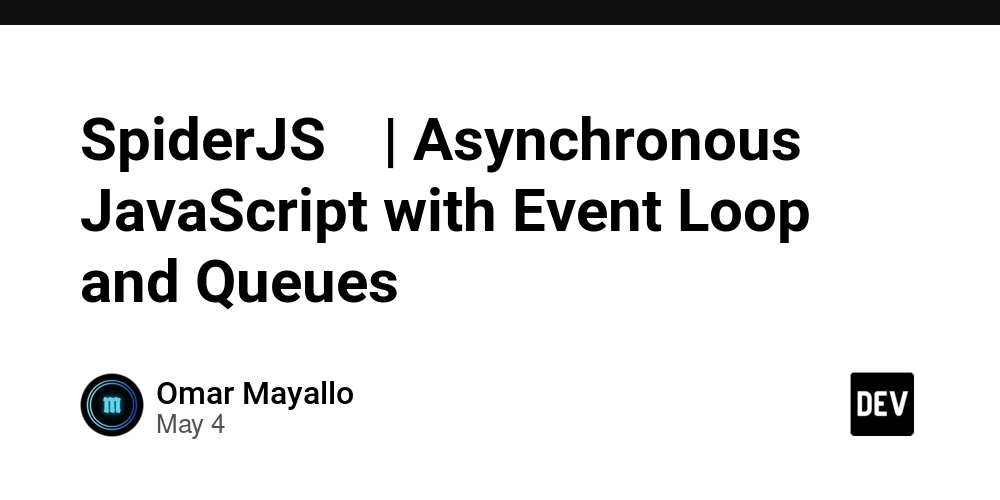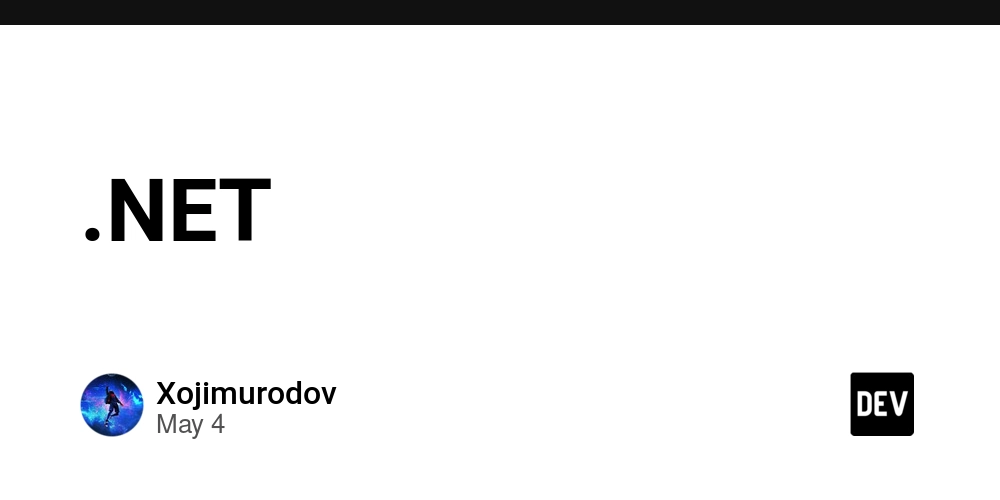Objects in JS: The Beginner’s Guide
JavaScript objects are essentially associative arrays with some extra features. They store properties (key-value pairs) where each key is a name (usually a string or symbol) that maps to a value (which can be any data type). In other words, each property is like a named slot holding a value. Because objects map names to values, they’re often described as associative array. Key-Value Pairs (Properties) Each property in an object has a key and a value. Keys must be strings (or symbols) and values can be anything (number, string, another object, etc.). For example, a mobile data plan could be represented as: const plan = { name: "Basic 1GB", price: 10, validity: 30 }; Here plan has three properties: "name" (value "Basic 1GB"), "price" (value 10), and "validity" (value 30). The keys (name, price, validity) are strings, and the values are a mix of string and number. You can have as many properties as needed, and values can even be objects or functions. This object literal { ... } notation creates a new plain object with the given key-value pairs. Accessing Properties You can access an object’s properties in two main ways: 1. Dot notation: obj.key – this is simple and readable. console.log(plan.name); // "Basic 1GB" 2. Bracket notation: obj["key"] – this looks like array syntax and uses a string in quotes. console.log(plan["price"]); // 10 Both lines above read the same values. Bracket notation is useful when the key name is dynamic or not a valid identifier. For example: let field = "validity"; console.log(plan[field]); // 30 Here field is a variable holding the key name. Bracket notation (plan[field]) allows using variables or strings computed at runtime. (You must use quotes inside brackets when writing the key literally, like plan["name"].) Additional Operations JavaScript provides some extra operators for objects: Delete a property: delete obj.key – removes that key from the object. Check if key exists: "key" in obj – returns true if the object has that property (even if its value is undefined). Iterate keys: for (let key in obj) { … } – loops over all enumerable keys in the object. const course = { courseName: "JS 101", duration: "4 weeks", instructor: "Alice" }; delete course.instructor; // removes the instructor property console.log("instructor" in course); // false for (let key in course) { console.log(key, course[key]); // logs remaining keys and values } The delete operator removes a property. The in operator tests for a key’s presence. And the for...in loop iterates over each key in turn. These tools let you manage and inspect object properties at runtime. Plain vs Specialized Objects What we’ve described so far are plain objects (created with {}). JavaScript has many other built-in objects that extend this concept. For example, an Array is a special object used for ordered lists (with numeric indices), Date is an object for handling dates and times, and Error is an object for error information. Arrays and Dates are not separate “types” in the language; they are just objects with extra functionality. In code, you create them with their respective syntax (e.g. [] for arrays or new Date() for a date), but they still use key-value storage under the hood. Examples Here are some real-world examples of objects in different contexts: 1. General const plan = { name: "Basic 1GB", price: 10, validity: 30 }; This plan object stores details of a data package. We can access plan.name, plan.price, and plan.validity to get each detail. 2. Multiword Property Name const ticket = { event: "Pet Show", seat: "A12", price: 50, "booking time": "7:00 PM" // multiword property name must be quoted }; // Accessing multiword property console.log(ticket["booking time"]); // "7:00 PM" A ticket object might hold the event name, seat number, and price. We can use ticket.seat or ticket["price"] to access these values. But, Multiword property names must be in quotes when defining them. You can’t use dot notation to access them (ticket.booking time would cause a syntax error). Instead, use bracket notation: ticket["booking time"] 3. Property Name with Special Characters const payment = { id: "TX123", amount: 100, "payment-status": "Pending" }; console.log(payment["payment-status"]); // ✅ "Pending" // console.log(payment.payment-status); // ❌ Unexpected token '-' Any special character (like -, space, etc.) requires quotes and bracket notation. 4. Property Name Starts with a Number const course = { "101": "Intro to JavaScript", duration: "4 weeks" }; console.log(course["101"]); // ✅ "Intro to JavaScript" // console.log(course.101); // ❌ SyntaxError Property names that start with digits must also be accessed using bracket notation. 5. Access with a Variable Key const student = { name: "Ayesha", grade: "A+" }; let ke

JavaScript objects are essentially associative arrays with some extra features. They store properties (key-value pairs) where each key is a name (usually a string or symbol) that maps to a value (which can be any data type). In other words, each property is like a named slot holding a value. Because objects map names to values, they’re often described as associative array.
Key-Value Pairs (Properties)
Each property in an object has a key and a value. Keys must be strings (or symbols) and values can be anything (number, string, another object, etc.). For example, a mobile data plan could be represented as:
const plan = {
name: "Basic 1GB",
price: 10,
validity: 30
};
Here plan has three properties: "name" (value "Basic 1GB"), "price" (value 10), and "validity" (value 30). The keys (name, price, validity) are strings, and the values are a mix of string and number. You can have as many properties as needed, and values can even be objects or functions. This object literal { ... } notation creates a new plain object with the given key-value pairs.
Accessing Properties
You can access an object’s properties in two main ways:
1. Dot notation:
obj.key – this is simple and readable.
console.log(plan.name); // "Basic 1GB"
2. Bracket notation:
obj["key"] – this looks like array syntax and uses a string in quotes.
console.log(plan["price"]); // 10
Both lines above read the same values. Bracket notation is useful when the key name is dynamic or not a valid identifier.
For example:
let field = "validity";
console.log(plan[field]); // 30
Here field is a variable holding the key name. Bracket notation (plan[field]) allows using variables or strings computed at runtime. (You must use quotes inside brackets when writing the key literally, like plan["name"].)
Additional Operations
JavaScript provides some extra operators for objects:
Delete a property: delete obj.key – removes that key from the object.
Check if key exists: "key" in obj – returns true if the object has that property (even if its value is undefined).
Iterate keys: for (let key in obj) { … } – loops over all enumerable keys in the object.
const course = {
courseName: "JS 101",
duration: "4 weeks",
instructor: "Alice"
};
delete course.instructor; // removes the instructor property
console.log("instructor" in course); // false
for (let key in course) {
console.log(key, course[key]); // logs remaining keys and values
}
The delete operator removes a property. The in operator tests for a key’s presence. And the for...in loop iterates over each key in turn. These tools let you manage and inspect object properties at runtime.
Plain vs Specialized Objects
What we’ve described so far are plain objects (created with {}). JavaScript has many other built-in objects that extend this concept. For example, an Array is a special object used for ordered lists (with numeric indices), Date is an object for handling dates and times, and Error is an object for error information. Arrays and Dates are not separate “types” in the language; they are just objects with extra functionality. In code, you create them with their respective syntax (e.g. [] for arrays or new Date() for a date), but they still use key-value storage under the hood.
Examples
Here are some real-world examples of objects in different contexts:
1. General
const plan = {
name: "Basic 1GB",
price: 10,
validity: 30
};
This plan object stores details of a data package. We can access plan.name, plan.price, and plan.validity to get each detail.
2. Multiword Property Name
const ticket = {
event: "Pet Show",
seat: "A12",
price: 50,
"booking time": "7:00 PM" // multiword property name must be quoted
};
// Accessing multiword property
console.log(ticket["booking time"]); // "7:00 PM"
A ticket object might hold the event name, seat number, and price. We can use ticket.seat or ticket["price"] to access these values. But, Multiword property names must be in quotes when defining them.
You can’t use dot notation to access them (ticket.booking time would cause a syntax error).
Instead, use bracket notation: ticket["booking time"]
3. Property Name with Special Characters
const payment = {
id: "TX123",
amount: 100,
"payment-status": "Pending"
};
console.log(payment["payment-status"]); // ✅ "Pending"
// console.log(payment.payment-status); // ❌ Unexpected token '-'
Any special character (like -, space, etc.) requires quotes and bracket notation.
4. Property Name Starts with a Number
const course = {
"101": "Intro to JavaScript",
duration: "4 weeks"
};
console.log(course["101"]); // ✅ "Intro to JavaScript"
// console.log(course.101); // ❌ SyntaxError
Property names that start with digits must also be accessed using bracket notation.
5. Access with a Variable Key
const student = {
name: "Ayesha",
grade: "A+"
};
let key = "grade";
console.log(student[key]); // ✅ "A+"
Use bracket notation when the property name is stored in a variable.
6. Using Symbols as Property Keys
const uniqueKey = Symbol("id");
const user = {
name: "Rahim",
};
console.log(user[uniqueKey]); // ✅ 12345
Symbol keys must be accessed with bracket notation; dot notation won’t work.
7. Built-in Objects Types
let arr = [1, 2, 3]; // Array – ordered collection
let now = new Date(); // Date – current date and time
let err = new Error("Oops"); // Error – represents runtime errors
These are all extended forms of "object"





































































































































































![[The AI Show Episode 145]: OpenAI Releases o3 and o4-mini, AI Is Causing “Quiet Layoffs,” Executive Order on Youth AI Education & GPT-4o’s Controversial Update](https://www.marketingaiinstitute.com/hubfs/ep%20145%20cover.png)



























































































































![[DEALS] Microsoft 365: 1-Year Subscription (Family/Up to 6 Users) (23% off) & Other Deals Up To 98% Off – Offers End Soon!](https://www.javacodegeeks.com/wp-content/uploads/2012/12/jcg-logo.jpg)




![From Art School Drop-out to Microsoft Engineer with Shashi Lo [Podcast #170]](https://cdn.hashnode.com/res/hashnode/image/upload/v1746203291209/439bf16b-c820-4fe8-b69e-94d80533b2df.png?#)









































































































(1).jpg?#)































_Inge_Johnsson-Alamy.jpg?width=1280&auto=webp&quality=80&disable=upscale#)











































































































![Apple to Split iPhone Launches Across Fall and Spring in Major Shakeup [Report]](https://www.iclarified.com/images/news/97211/97211/97211-640.jpg)
![Apple to Move Camera to Top Left, Hide Face ID Under Display in iPhone 18 Pro Redesign [Report]](https://www.iclarified.com/images/news/97212/97212/97212-640.jpg)
![Apple Developing Battery Case for iPhone 17 Air Amid Battery Life Concerns [Report]](https://www.iclarified.com/images/news/97208/97208/97208-640.jpg)
![AirPods 4 On Sale for $99 [Lowest Price Ever]](https://www.iclarified.com/images/news/97206/97206/97206-640.jpg)

































![[Updated] Samsung’s 65-inch 4K Smart TV Just Crashed to $299 — That’s Cheaper Than an iPad](https://www.androidheadlines.com/wp-content/uploads/2025/05/samsung-du7200.jpg)



































































